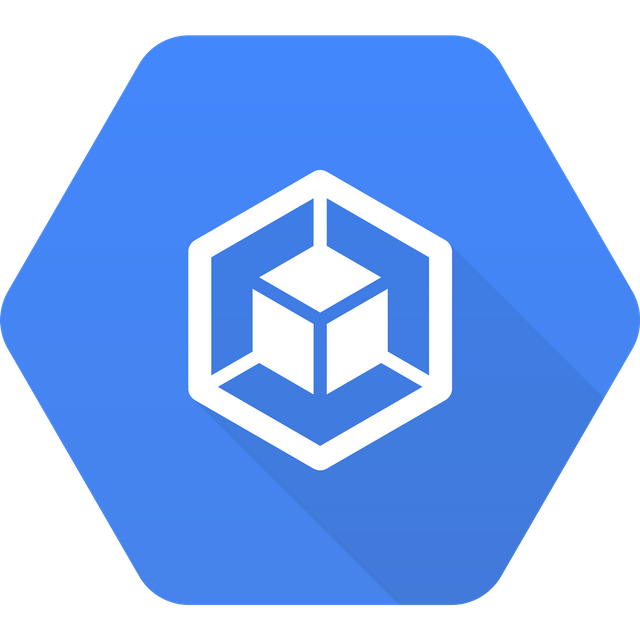Do You Need a Managed Kubernetes Solution?
With many enterprises relying on multiple computing environments for their workloads, it is important to have a way to transfer the data easily and reliably from one environment to another.
You can make your workload portable by using container architecture, which packages the code and any attached dependencies into an immutable container. You create one container image, and then use it to deploy as many containers as you need for software updates and maintenance.
Containers have become a popular software architecture model, with cloud giants like Google and AWS supporting containerized workloads. However, while containers enhance flexibility and speed, the sheer number of containers that organizations accumulate can become a burden to manage.
Read on to learn how you can manage containers with, and how to choose a managed Kubernetes solution that works for you.
Why Should You Use Kubernetes?
Kubernetes changed the enterprise container game. It offers a vendor-agnostic solution for automatic deployment of containerized workloads across multiple hosts, primarily in the public cloud.
Kubernetes brings powerful capabilities to the table, such as automated and manual scaling of container clusters, self-recovery and healing, workload management and batch execution, and automated deployment. It provides all these with exceptional robustness and at an unlimited scale.
Kubernetes provides important abstractions that can help manage large numbers of containers. These include abstracting multiple machines into a single functional component called a Pod, creating groups of containers that can be discovered and accessed as a service, and defining network overlays to manage the complexity of networking across container clusters.
Self-Hosted vs Managed Kubernetes
Kubernetes is easy to play around with in a development sandbox, but when you start working with it at an enterprise scale you’ll encounter complexity.
Here are a few of the complex tasks teams have to deal with on an ongoing basis when self-hosting and self-managing Kubernetes:
- Provisioning━standing up clusters, configuring them with tools like Chef of Ansible.
- Monitoring━checking key components for downtime and reporting to operations staff.
- Upgrades━writing custom scripts to upgrade production clusters without downtime.
- Security━integrating identity management systems for robust authentication, authorization and role control.
- High availability━ensuring that the critical components that power the cluster are highly available and components can be replaced without downtime.
- Supporting environments━configuring and testing Kubernetes on bare metal, VMware machines or cloud instances.
All of these considerations are handled by Kubernetes management platforms, which have emerged over the past few years. These tools provide a web-based “single pane of glass” for managing Kubernetes deployments, built-in enterprise-grade monitoring, automatic updates, and faster deployments. These features can help organizations shorten the learning curve, and speed up the setup and deployment processes.
Managed Kubernetes Options##
Google Kubernetes Engine (GKE)
The Google Kubernetes Engine lets you deploy, manage and monitor applications. You can run a cluster of containers and attach storage. Use auto-scaling to adjust the size of the cluster to your workloads. GKE can work in the Google cloud and on-premises, allowing you to lift and shift workloads between environments and setup hybrid Kubernetes deployments.
Azure Container Service (ACS)
Microsoft’s Azure Container Service supports several Kubernetes versions. It is not limited to Kubernetes, allowing you to switch between Docker, DC/OS, and Kubernetes orchestration. ACS integrates with Azure’s container registry, which is a container monitoring solution. You can access your Kubernetes APIs and toolchain from the the Azure portal or the CLI tool.
Platform9
The Platform9 Managed Kubernetes Service works on-premises, in the cloud, and on VMware. It automatically sets up high availability and uses a Multi-AZ setup to ensure reliability even if an availability zone goes down. Platform9 also provides a dashboard that lets you manage all Kubernetes clusters and services across your organization.
OpenShift
The OpenShift Kubernetes Platform lets you run cloud-native and traditional applications on the same platform. It provides an integrated Docker image registry with enterprise capabilities, has strong support for hybrid deployments, and offers an enterprise operating system that lets you view multiple Kubernetes deployments as one system.
Wrap Up
Kubernetes is an indispensable tool for enterprise workloads deployed in the cloud and on-premises. There are a number of open-source and proprietary managed solutions that can help you make the most of Kubernetes’ capabilities. Asses your enterprise needs, and choose a solution that helps you maintain a seamless and efficient development cycle.
